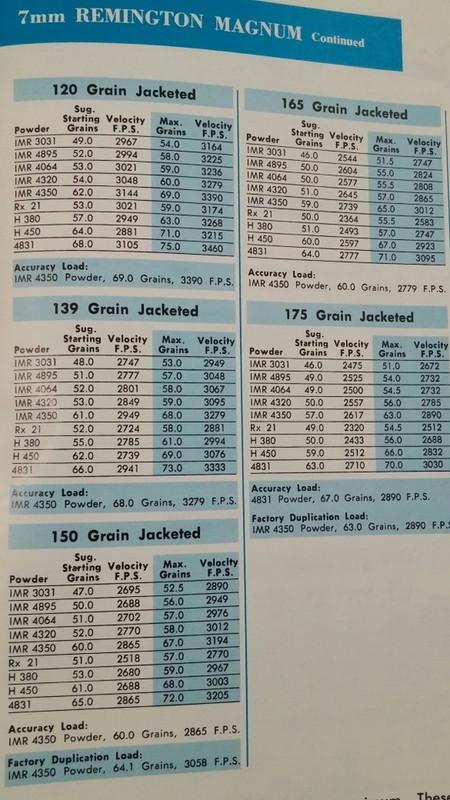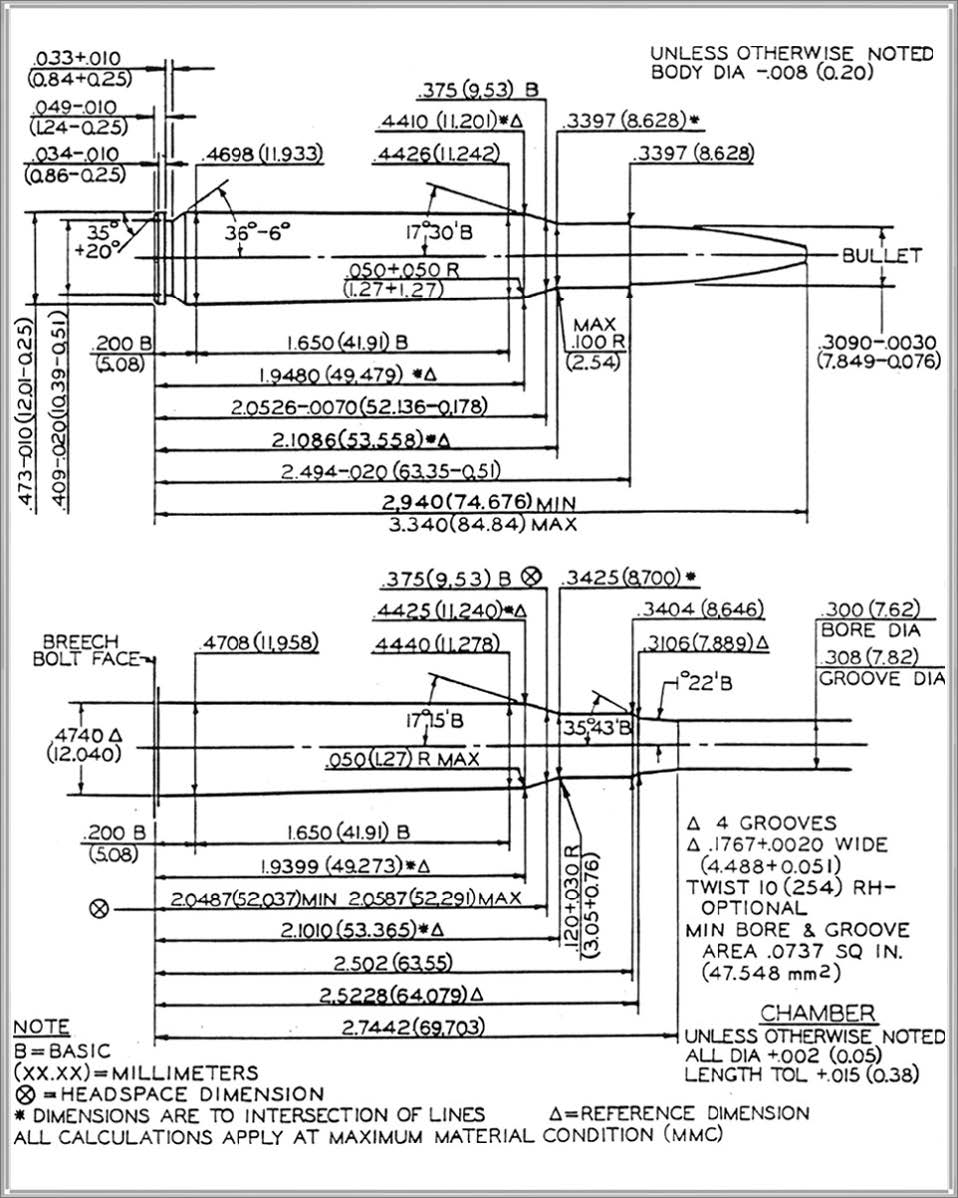freddiej
Well-Known Member
There is a few facets that no one so far has addressed.
process, technology, and stupidity.
The recipe of the powder has not changed. the blending methods have. more complete blending has been achieved, smaller particle ingredients, and better performance have made the top end loads lower. we can use less for the same performance.
The litigious nature of the society have also dropped top loads. (has been addressed but I thought I should add this in for good measure)
I will address one other reason. people without thinking used 20 year old old data books with new powders and blew up guns, hurt themselves, and lost their lives. Darwin was right, the most stupid among us will take themselves out of the gene pool. I have to count my father in this mind set. he was using 1950's/1960's data books (lyman) with 1980's/1990's powders and was getting blown primers, and other really bad pressure signs in his 32 win special, 30-30, 30-06, 44 magnum, 357 mag, and a WWI 1911. When I was 14 or 16, I really can not remember the year at this point, I bought new Speer and Hornady manuals. then showed him the error of his thinking that powder charges do not change throughout time. To this day I will not shoot his old loads out of any rifle or revolver. they are topped out 1960's data used with 1980's powders. I just do not trust that they will not hurt the gun and me. I have been slowly taking the powder charges out and putting in fresh powder charges so I can shoot them safely.
process, technology, and stupidity.
The recipe of the powder has not changed. the blending methods have. more complete blending has been achieved, smaller particle ingredients, and better performance have made the top end loads lower. we can use less for the same performance.
The litigious nature of the society have also dropped top loads. (has been addressed but I thought I should add this in for good measure)
I will address one other reason. people without thinking used 20 year old old data books with new powders and blew up guns, hurt themselves, and lost their lives. Darwin was right, the most stupid among us will take themselves out of the gene pool. I have to count my father in this mind set. he was using 1950's/1960's data books (lyman) with 1980's/1990's powders and was getting blown primers, and other really bad pressure signs in his 32 win special, 30-30, 30-06, 44 magnum, 357 mag, and a WWI 1911. When I was 14 or 16, I really can not remember the year at this point, I bought new Speer and Hornady manuals. then showed him the error of his thinking that powder charges do not change throughout time. To this day I will not shoot his old loads out of any rifle or revolver. they are topped out 1960's data used with 1980's powders. I just do not trust that they will not hurt the gun and me. I have been slowly taking the powder charges out and putting in fresh powder charges so I can shoot them safely.





